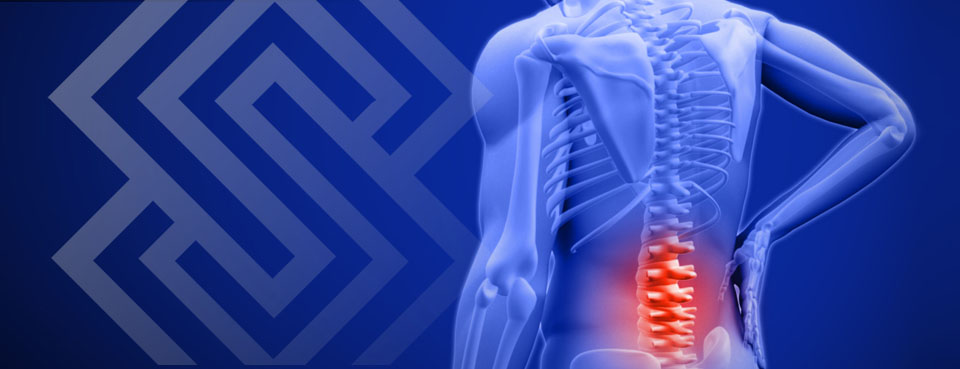Annular Tears
An intervertebral disc is a ligament that joins vertebral bones. The discs are impact-absorbing cushions between each of the vertebra bones of your spine. Each disc has an outer ring of fibers, called the annulus fibrosus, and a soft center, called the nucleus pulposus. The annulus is the strongest area of the disc. The annular fibers contain the nucleus and distribute pressure evenly. The nucleus serves as the main absorber of pressure and impacts on your spine.Just like ligaments, discs can be injured. The annulus can rupture anywhere around the circumference of the nucleus. If it tears without the nucleus rupturing, this condition is called an annular tear. The outer areas of the annular ring contain many pain nerve fibers and if a tear involves the outer areas it is usually very painful. An annular tear may heal over time and form scar tissue but it is vulnerable to more tears in the future. Annular tears may lead to early degeneration of the disc and other areas of the spine.
Annular Tear Causes
Annular tears are usually caused by the regular aging. Since the spine is responsible for carrying the majority of your body weight, discs are subjected to a huge amount of wear during your lifetime. By your early 30’s your intervertebral discs will cost likely have started to degenerate to a some extent. This can lead to annular tears with repetitive motion since the annulus is weakened from age. Injuries can also be a cause of annular tears. Athletes and people with jobs that involve heavy labor are more prone to annular tears.Annular Tear Symptoms
The most common symptoms of an annular tear in the lower back include back pain in the middle of your back in addition to leg pain. Sitting can cause more pain than standing, and coughing, sneezing, bending and lifting can aggravate annular tear symptoms.Diagnosing Annular Tears
Your physician will typically perform one or more diagnostic tests to determine the likely source of your pain after a physical examination. Diagnostic imaging can be used to obtain an image of an injured intervertebral disc though annular tears may not always be visible. Occasionally your doctor may conduct a discography test to verify if an injured disc is the true source of pain. The procedure is performed under x-ray guidance and can assess the health of the disc and monitor your pain levels.Notice:
This advertisement has been provided for informational purposes only and should not be used as a substitute for medical treatment or an actual diagnosis. If you are experiencing pain that may be associated with back or neck disorders you should seek the care of a doctor as soon as possible or immediately if your symptoms are accompanied by incontinence / loss of bladder or bowel control, as these may be signs of life threatening condition.

